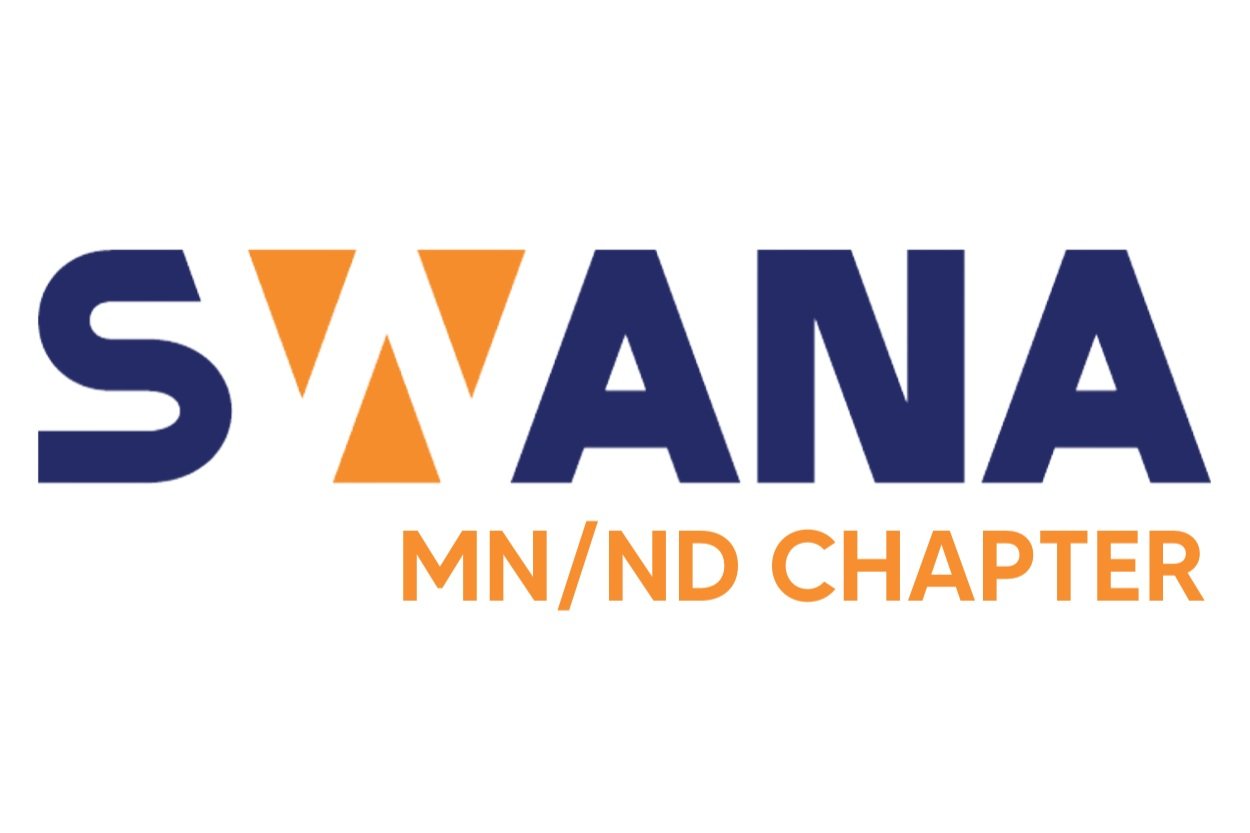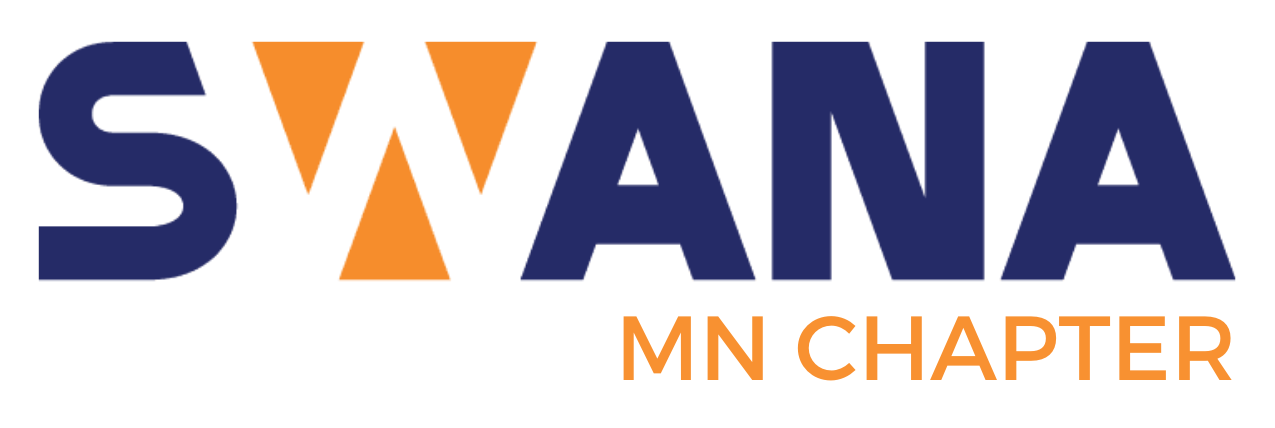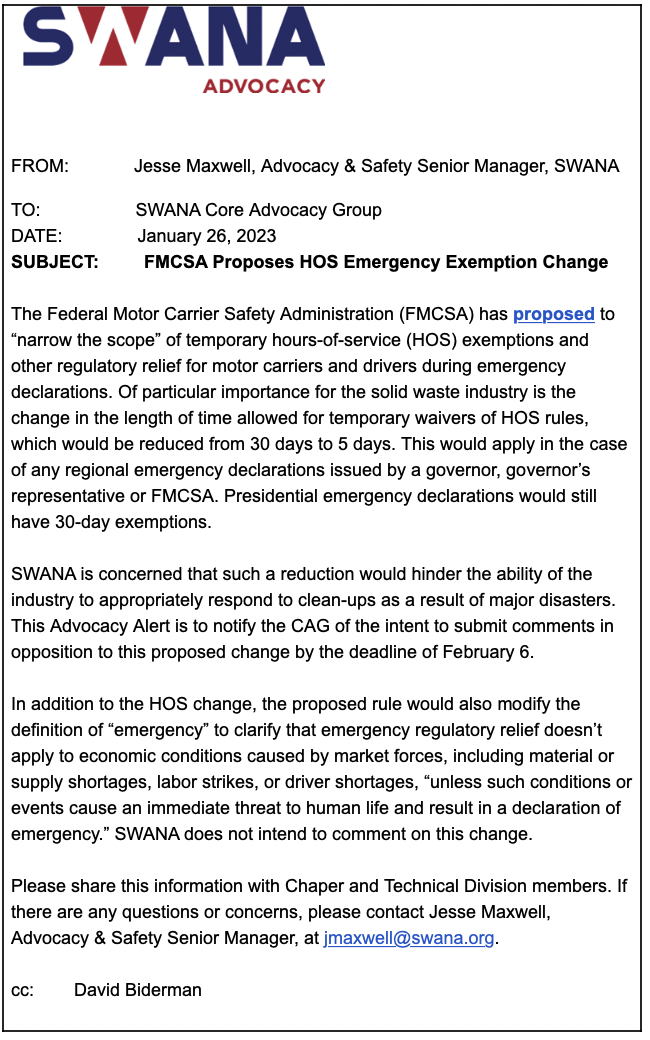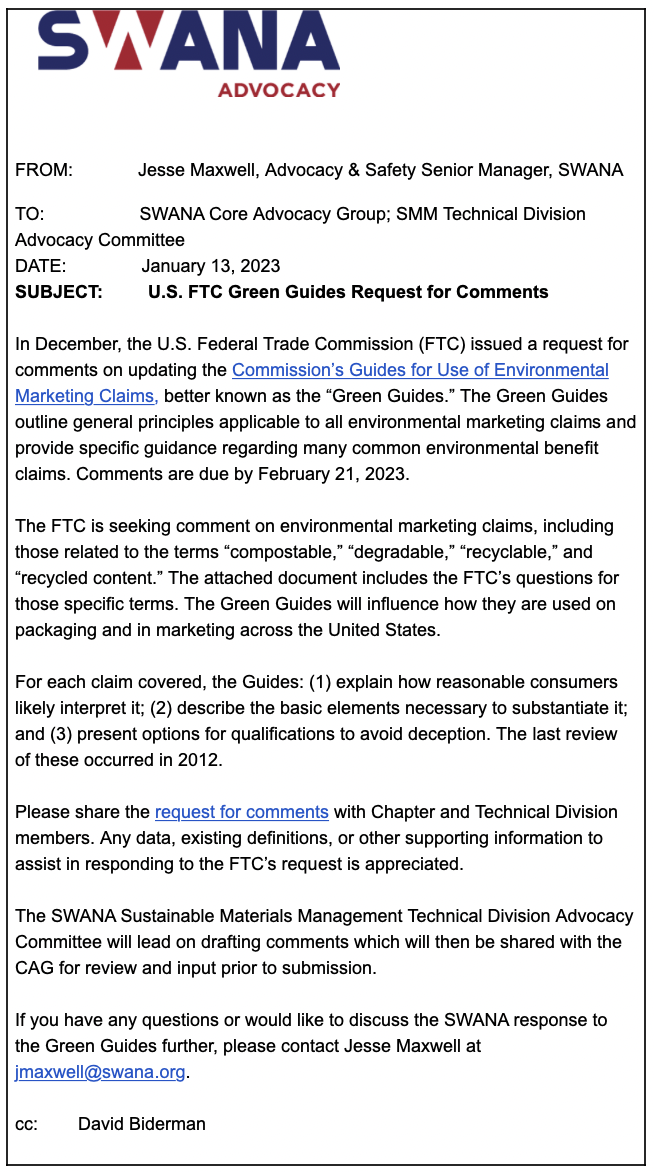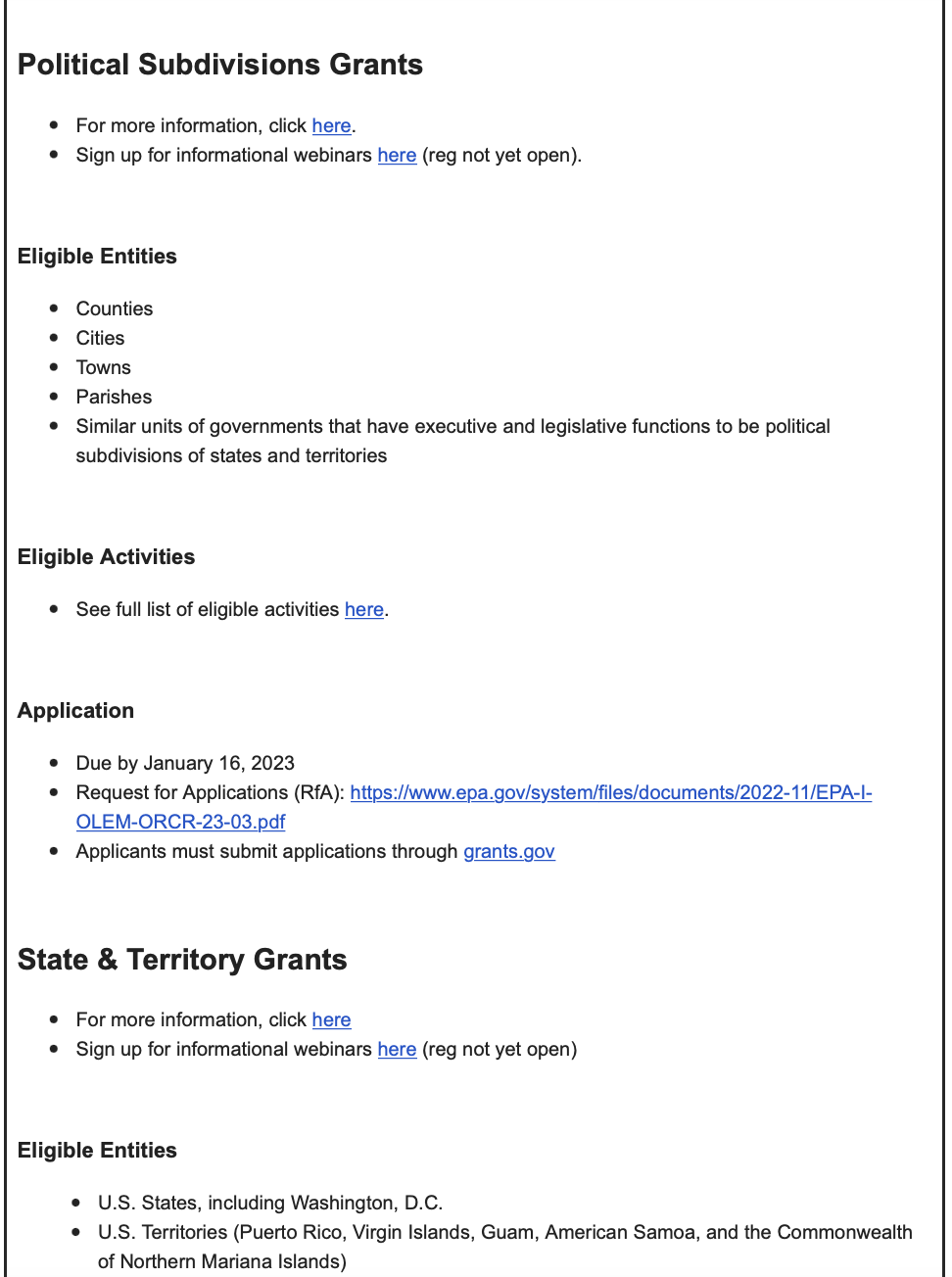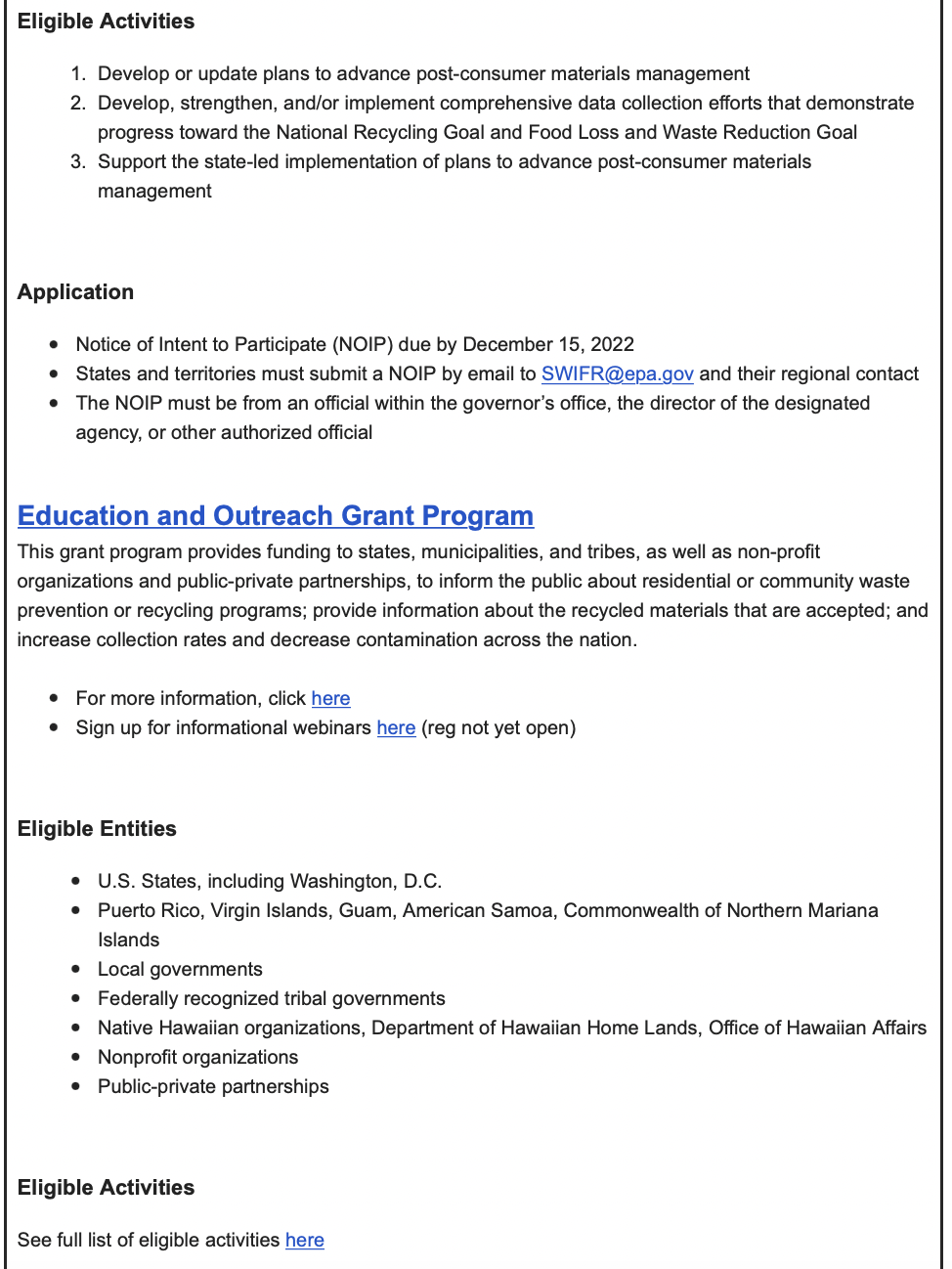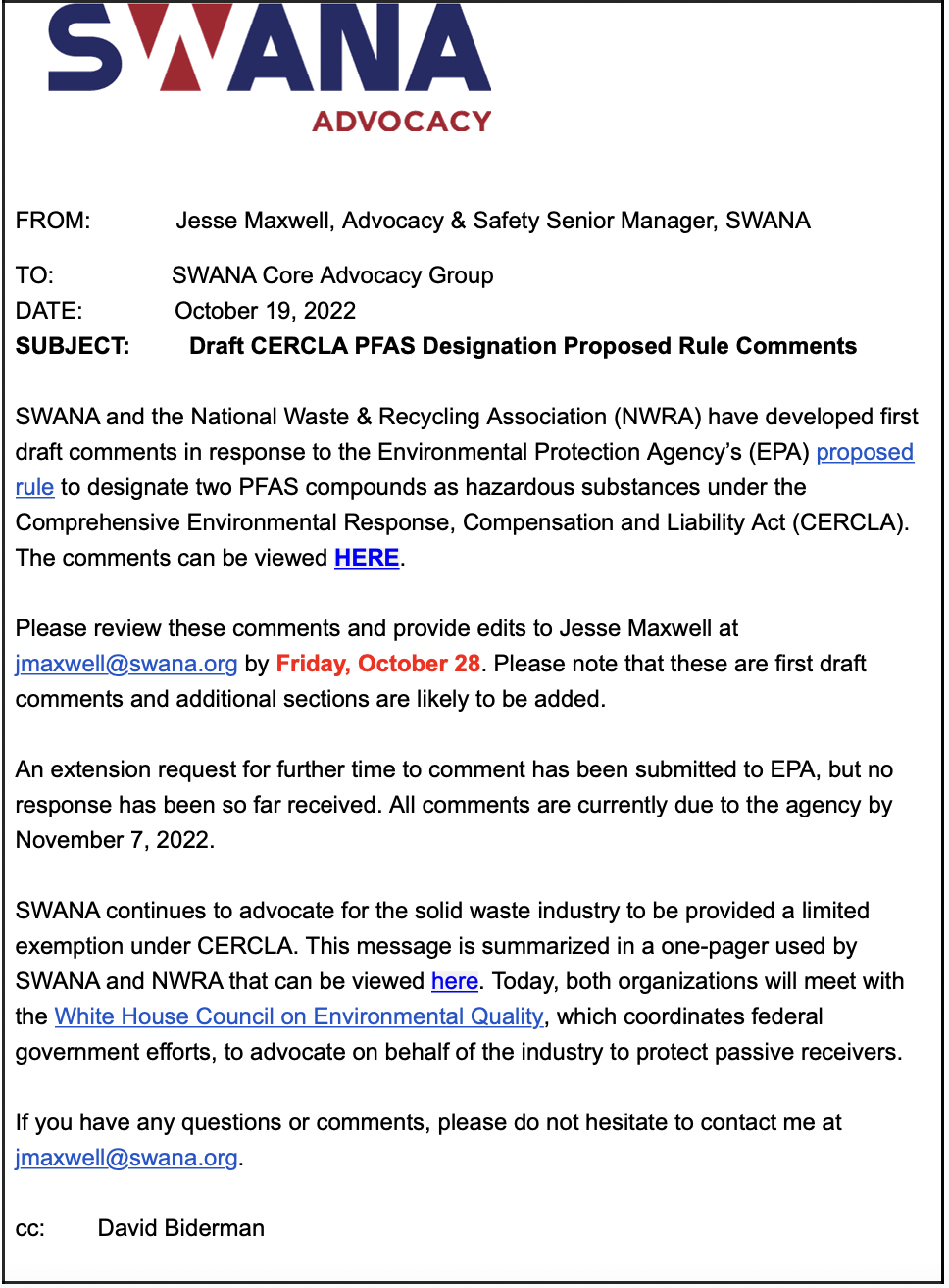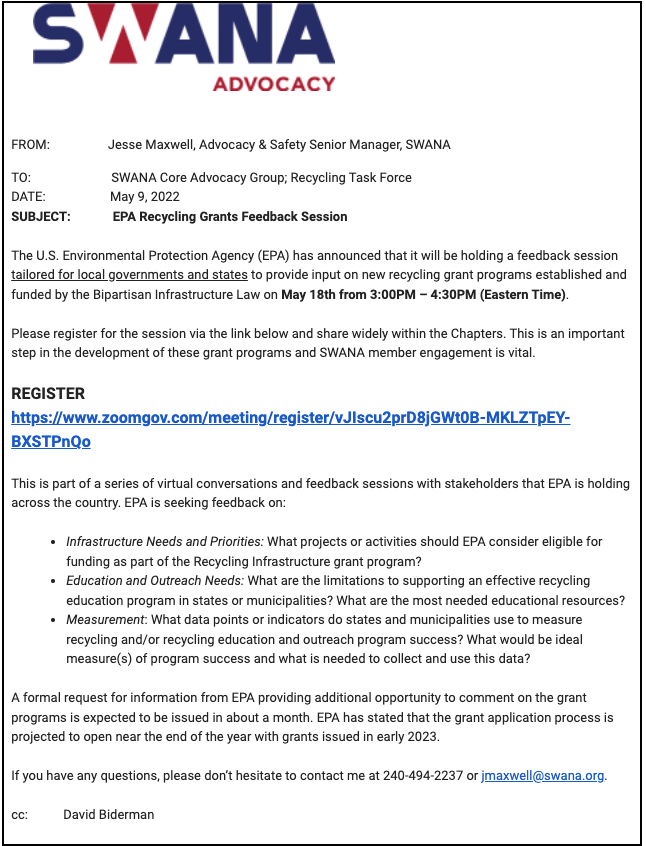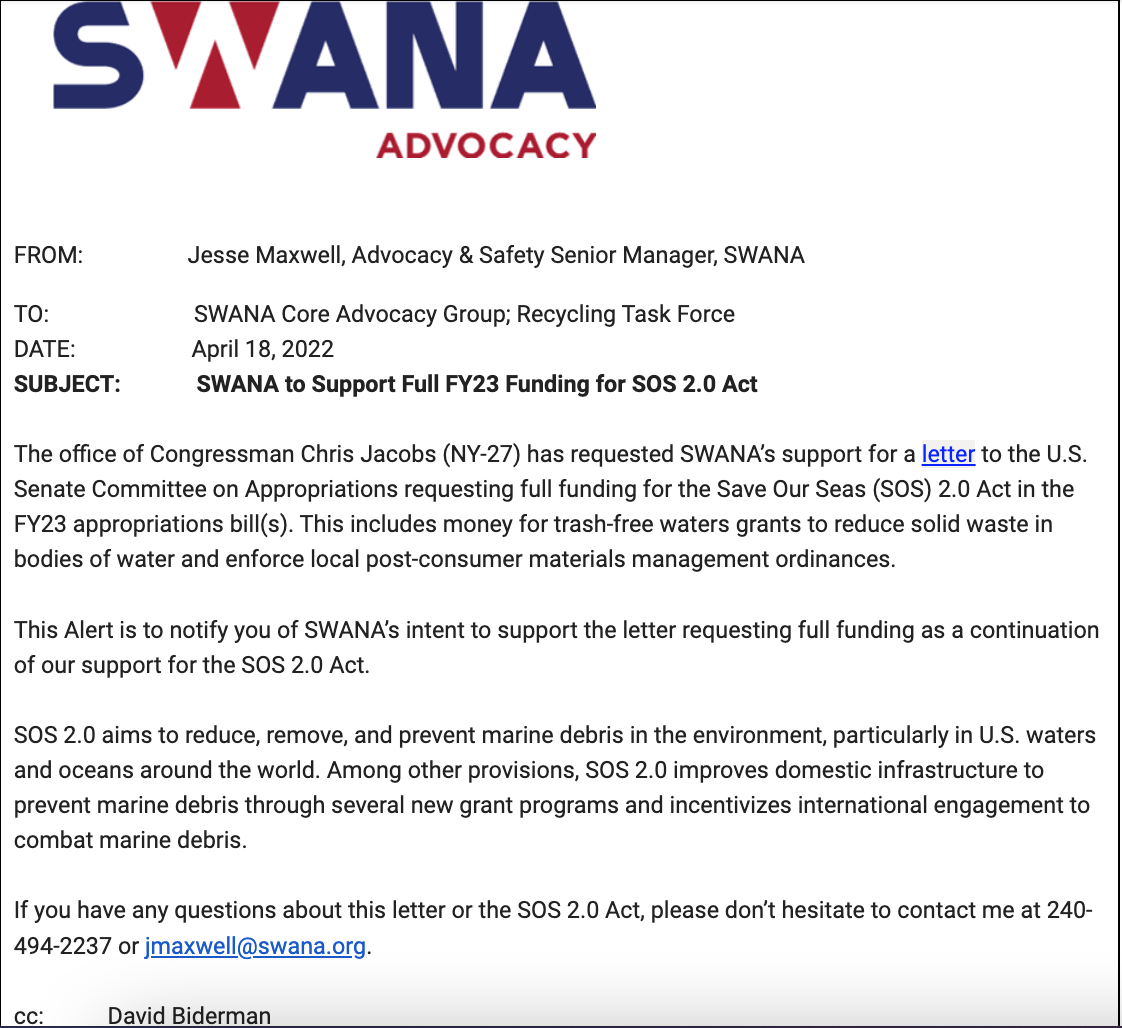Advocacy
The goal of SWANA National’s advocacy program is to represent the interests of the solid waste profession in the U.S. by being a proactive advocate of environmentally and economically sound solid waste legislation and regulations. The Minnesota chapter provides updates from national to our members as we receive them in our monthly e-newsletter as well as on this website.
The Association’s advocacy efforts are focused on three major fronts:
Legislative and Regulatory Monitoring
SWANA monitors federal legislative and regulatory activity to keep our members informed of issues pertinent to the municipal solid waste industry. We compile two quarterly reports on US litigation U.S. legislation and regulatory actions. These reports can be downloaded here.
Regulatory Action
SWANA monitors all pertinent regulatory changes to the solid waste industry. Our advocacy program depends on the efforts of our members to provide input to federal agencies and other entities to guide their rulemaking. We looks to our 7 Technical Divisions and their respective committees to provide information and supply comments on upcoming rules and regulations.
Legislation to Advance SWANA’s Mission
SWANA works with outside groups, coalitions, legislators, and agencies to advance our legislative goals. Regular advocacy, which is carried out within the established SWANA advocacy budget, involves the more routine response to actions or proposals from the EPA, Environment Canada, and other federal agencies. Special advocacy, which generally requires a specific allocation of resources or targeted fund raising, involves more resource intensive efforts over a longer term.
Reports:
Advocacy Alert Feed:
FROM: Jesse Maxwell, Advocacy & Safety Senior Manager, SWANA
TO: SWANA Core Advocacy Group
DATE: February 1, 2023
SUBJECT: Proposed RFS Rule Comments
The U.S. Environmental Protection Agency has issued the Renewable Fuel Standard (RFS) “set” rule which includes renewable volume obligations (RVOs) for 2023, 2024 and 2025. The proposed rule also expands the program to include certain types of renewable electricity used by light-duty electric vehicles. This Advocacy Alert is to notify the Core Advocacy Group of the content of the proposed rule, share the comment outline provided by the RNG Coalition, and solicit feedback on how SWANA can respond.
RFS Rule Overview
The RFS rule requires refiners or importers of gasoline and diesel fuel to achieve their renewable volume obligations by including renewable fuels into petroleum-based fuels or by obtaining credits known as Renewable Identification Numbers (RINs). Renewable fuel types include biomass-based diesel, cellulosic biofuel, advanced biofuel.
The following biofuel blending volume targets are proposed by EPA for 2023-2025:
20.82 billion gallons of renewable fuel (conventional biofuels) in 2023, increasing up to 22.68 billion in 2025.
5.82 billion gallons of advanced biofuel in 2023, increasing up to 7.43 billion in 2025.
2.82 billion gallons of biomass-based diesel in 2023, increasing up to 2.95 billion in 2025.
0.72 billion gallons of cellulosic biofuel in 2023, increasing up to 2.13 billion in 2025.
0.25 billion gallons of supplemental renewable fuels for 2023.
The major change that is proposed in the RFS rule is expansion of the program to allow for the generation of electric renewable identification numbers (eRINs) from eligible sources of biomass-based electricity used by light-duty electric vehicles. One result of this change is that various waste conversion technologies would be eligible to participate in the RFS program for the first time.
EPA’s proposed method for calculating eRIN generation would use contractual relationships between renewable electricity generators and electric vehicle manufacturers (also known as original equipment manufacturers, or OEMs) to show that renewable electricity was used as a transportation fuel. EPA also suggested alternative methods for eRIN generation, including allowing renewable electricity generators or public access charging stations to generate eRINs or using charging data from onboard vehicle telematics.
EPA also proposed several regulatory and recordkeeping adjustments in the rule, including:
Specifying that in certain circumstances biomethane producers should be RIN producers.
Revising the equivalency value for renewable electricity in the RFS program from the current value of 22.6 kilowatt hours (kWh) per RIN (kWh/RIN) to 6.5 kWh/RIN.
Updating procedures for the apportionment of RINs when feedstocks qualifying for multiple RIN D-codes are converted to biogas simultaneously in an anaerobic digester.
Revising the conversion factor in the formula for calculating the percentage standard for biobased diesel to reflect increasing production volumes of renewable diesel.
Comments
In past years, SWANA has signed onto joint comments with the RNG Coalition, NWRA, and others with the approval of the CAG. The RNG Coalition has provided an outline of their comments for this year which are attached and can also be accessed here.
It is proposed that SWANA consider signing onto these comments and also consider submitting a targeted industry letter. This would allow for comments on sections more directly related to solid waste, including commenting on the proposed eRINs program which the RNG Coalition letter does not do.
Comments are due by Friday, February 10. Please share this information with Chaper and Technical Division members and provide any feedback by February 6.
If there are any questions or concerns, please contact Jesse Maxwell, Advocacy & Safety Senior Manager, at jmaxwell@swana.org.
cc: David Biderman
August 26, 2022
EPA Proposes PFOA/PFOS CERCLA Designation Rule
The Environmental Protection Agency (EPA) has issued a pre-publication version of a proposed rule to designate two PFAS compounds as hazardous substances under the Comprehensive Environmental Response, Compensation and Liability Act (CERCLA).
SWANA Executive Director & CEO David Biderman has issued the following statement to the press in response to the proposed rule:
“SWANA is very concerned that EPA designating PFAS compounds as hazardous substances under Superfund will have substantial impacts on landfills. It will cost billions of dollars that will be passed on to ratepayers and will likely have widespread unintended consequences, including deterring the cleanup of some sites in environmental justice communities. SWANA supports regulation that targets manufacturers and other companies that profited off of PFAS and will continue to work with EPA, Congress, and the States to ensure passive receivers like landfills are not unfairly put on the hook.”
The official version of the rule will be published in the Federal Register by the second week of September 2022. This will then launch the 60-day comment period. The rule is expected to be finalized by August 2023.
SWANA, in consultation with the Core Advocacy Group, Technical Divisions, and other industry stakeholders, will submit comments addressing concerns that PFAS regulation under CERCLA would assign environmental cleanup liability to essential public services and their customers. While EPA has indicated it has discretion over enforcement to avoid going after passive receivers, that would not prevent manufacturers and heavy users of PFAS from bringing claims for contribution against landfills and others.
In addition to working with EPA on this issue, SWANA continues to engage with Congress on potential legislative actions that could ensure that passive receivers of PFAS, like landfills and wastewater treatment facilities, can continue to do so safely and economically.
The proposed rule lists perfluorooctanoic acid (PFOA) and perfluorooctanesulfonic acid (PFOS), the two most-studied per- and polyfluoroalkyl substances (PFAS), as hazardous substances under CERCLA. The rule would require parties to report releases of PFOA and PFOS, with the agency using a one-pound default value as the reporting threshold. But the rule will also allow EPA to more easily order cleanups and recover costs, among other actions.
During review of the proposed rule, the Office of Management & Budget (OMB) determined the rule was “economically significant.” This means EPA must conduct a cost-benefit analysis of indirect and direct costs and benefits in a regulatory impact analysis (RIA). That document has not yet been released.
cc: David Biderman
